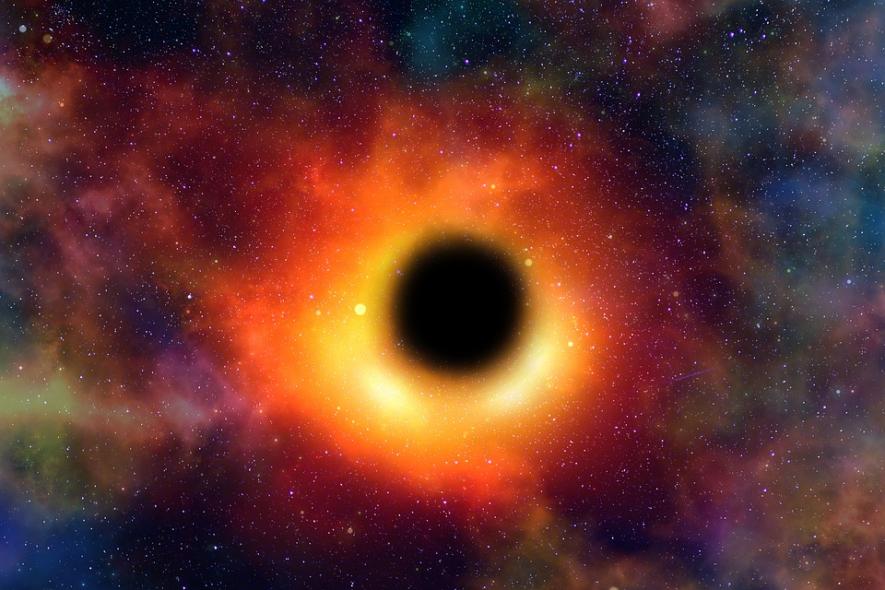Scientists Discover Supermassive Black Hole Ripping Star, Generating Bright Light

Image Courtesy: MaxPixel
Scientists have discovered a mysterious bright light that is the result of a supermassive black hole ripping a star apart. Scientists were stunned by the discovery in February and have been using multiple telescopes to scan the light using a variety of ways like X-ray, UV and radio wavelengths since then. The results were published in Nature Astronomy on November 30.
The bright light is billions of kilometres away from the Earth and is a thousand times brighter than the Sun. Scientists from across the world, including India, were involved in tracing the celestial activity.
How does a supermassive black hole behave when a dying star flies close to it and how does an immensely intense light gets generated from it? Black holes are of different sizes and a supermassive one is the largest. If a star flies near it, a series of events occur. First, the star is violently ripped apart by the extraordinary gravitational forces of the black hole. Then, the pieces of the star are captured into the spinning disk that orbits around the black hole. Finally, the black hole eats up the remaining star. This is what is termed as Tidal Disruption Event (TDE).
However, in some rare cases, the supermassive black hole can launch an extremely speedy stream of particles from the remnants of the star instead of eating it up, which is known as ‘relativistic jets’. These jets of matter travel very close to the speed of light. Notably, these jets are pointing towards the Earth, which made the light brighter. Had the jets pointed elsewhere, it would not have appeared so bright from the Earth. This is an extremely rare case, according to the scientists involved in the study.
University of Maryland (UMD) astronomer Igor Andreoni, the lead author of the Nature Astronomy paper, and his team discovered one such case in February. After the team made an announcement about the sighting, they named the event “AT 2022cmc”.
One of the co-authors of the study Michael Coughlin, an assistant professor of astronomy at the University of Minnesota, said in a statement, “The last time scientists discovered one of these jets was well over a decade ago. From the data we have, we can estimate that relativistic jets are launched in only 1% of these destructive events, making AT 2022cmc an extremely rare occurrence. In fact, the luminous flash from the event is among the brightest ever observed.”
Notably, before the detection of the AT 2022cmc, there were only two such jetted TDE events discovered by scientists. In these cases, the jetted TDEs were detected by what is known as the gamma-ray space mission. The last discovery of such jets was made in 2012.
Subsequently, scientists felt the need of developing some new methods to detect more such jets. Andreoni and his team developed a new method of witnessing such bewildering events. Andreoni said, “We developed an open-source data pipeline to store and mine important information from the ZTF (Zwicky Transient Facility) survey and alert us about atypical events in real real-time. The rapid analysis of ZTF data, the equivalent of a million pages of information every night, allowed us to quickly identify the TDE with relativistic jets and make follow-up observations that revealed an exceptionally high luminosity across the electromagnetic spectrum—from the X-rays to the millimetre and radio.”
Importantly, India was also a part of the entire project. The Astrosat telescope of the Indian Space Research Organisation was also used in it.
For scientists, it remains a mystery why some of the TDEs emanate luminous jets while others do not. Andreoni and his team, based upon their observations, put forth the idea that one possible reason for the jetted TDE is the rapid spinning of the black hole, which provides the ingredients for launching relativistic jets.
Get the latest reports & analysis with people's perspective on Protests, movements & deep analytical videos, discussions of the current affairs in your Telegram app. Subscribe to NewsClick's Telegram channel & get Real-Time updates on stories, as they get published on our website.














